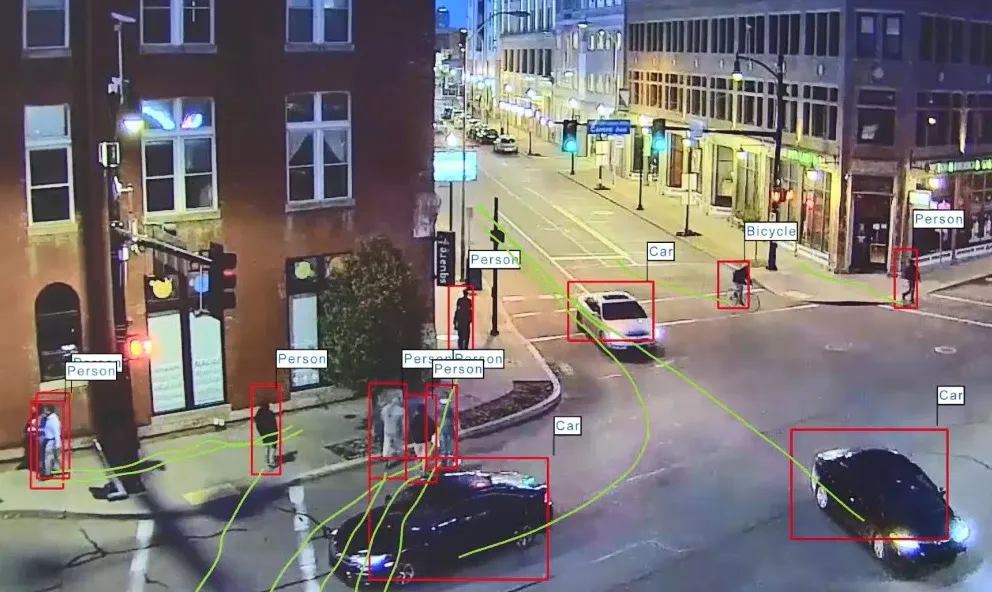A report released by the International Transport Forum (ITF) at the OECD highlights the role of national governments in improving pedestrian mobility and proposes twelve measures to create safer walking environments. The study, entitled Pedestrian Safety, Urban Space and Health, was prepared by a working group of transport experts and urban planners from nineteen countries and the World Health Organisation under the leadership of the ITF. The report comes to a number of conclusions, including the fact that
November 23, 2012
Read time: 3 mins
A report released by the 998 International Transport Forum (ITF) at the OECD highlights the role of national governments in improving pedestrian mobility and proposes twelve measures to create safer walking environments.
The study, entitled Pedestrian Safety, Urban Space and Health, was prepared by a working group of transport experts and urban planners from nineteen countries and the1819 World Health Organisation under the leadership of the ITF.
The report comes to a number of conclusions, including the fact that lowering traffic speed is a key to improving pedestrian safety; an 80% drop in pedestrian risk of death is achievable by traffic speed reductions from 50 km/h to 30 km/h. Around 30% of pedestrians have impaired mobility at any given time, from mothers negotiating traffic with young children to walkers carrying heavy items to pedestrians with physical handicaps.
Key recommendations of the report propose integrating the needs of pedestrians at the earliest stages of urban planning projects and transport investments, and adopting a “safe system” approach that recognises that road users make mistakes and designing roads to take account of this to reduce the risk of serious injury. Amongst the other recommendations are proposals to treat public transport services as an integrated part of the development of new urban areas; give more space to non-motorised traffic in city centres with easy, safe, well-maintained pedestrian access to public transport and city centre destinations; develop car-free areas, discourage over-use of cars in city centres, and prevent parking on pavements and pedestrian crossings; develop national pedestrian planning guidance for local administrations; implement traffic-calming zones and 30 km/h zones in areas with high pedestrian activity; regular research, road safety education in schools and review and strengthen current traffic codes.
“We need to learn again how to walk. And that means learning how to organise the space for walking” said José Viegas, Secretary-General of ITF, on the occasion of the report’s launch. “Urban environments are often making it difficult to enjoy this most fundamental form of moving. This report will help governments to take the right steps towards better mobility and more liveable cities.”
ITF road safety expert Véronique Feypell de la Beaumelle added: “Pedestrians are amongst the road users most vulnerable to traffic injury. It has become highly challenging, especially for older people and children, to cope with the complex, sometimes hostile, traffic conditions that characterise today’s cities and towns.”
The study, entitled Pedestrian Safety, Urban Space and Health, was prepared by a working group of transport experts and urban planners from nineteen countries and the
The report comes to a number of conclusions, including the fact that lowering traffic speed is a key to improving pedestrian safety; an 80% drop in pedestrian risk of death is achievable by traffic speed reductions from 50 km/h to 30 km/h. Around 30% of pedestrians have impaired mobility at any given time, from mothers negotiating traffic with young children to walkers carrying heavy items to pedestrians with physical handicaps.
Key recommendations of the report propose integrating the needs of pedestrians at the earliest stages of urban planning projects and transport investments, and adopting a “safe system” approach that recognises that road users make mistakes and designing roads to take account of this to reduce the risk of serious injury. Amongst the other recommendations are proposals to treat public transport services as an integrated part of the development of new urban areas; give more space to non-motorised traffic in city centres with easy, safe, well-maintained pedestrian access to public transport and city centre destinations; develop car-free areas, discourage over-use of cars in city centres, and prevent parking on pavements and pedestrian crossings; develop national pedestrian planning guidance for local administrations; implement traffic-calming zones and 30 km/h zones in areas with high pedestrian activity; regular research, road safety education in schools and review and strengthen current traffic codes.
“We need to learn again how to walk. And that means learning how to organise the space for walking” said José Viegas, Secretary-General of ITF, on the occasion of the report’s launch. “Urban environments are often making it difficult to enjoy this most fundamental form of moving. This report will help governments to take the right steps towards better mobility and more liveable cities.”
ITF road safety expert Véronique Feypell de la Beaumelle added: “Pedestrians are amongst the road users most vulnerable to traffic injury. It has become highly challenging, especially for older people and children, to cope with the complex, sometimes hostile, traffic conditions that characterise today’s cities and towns.”









